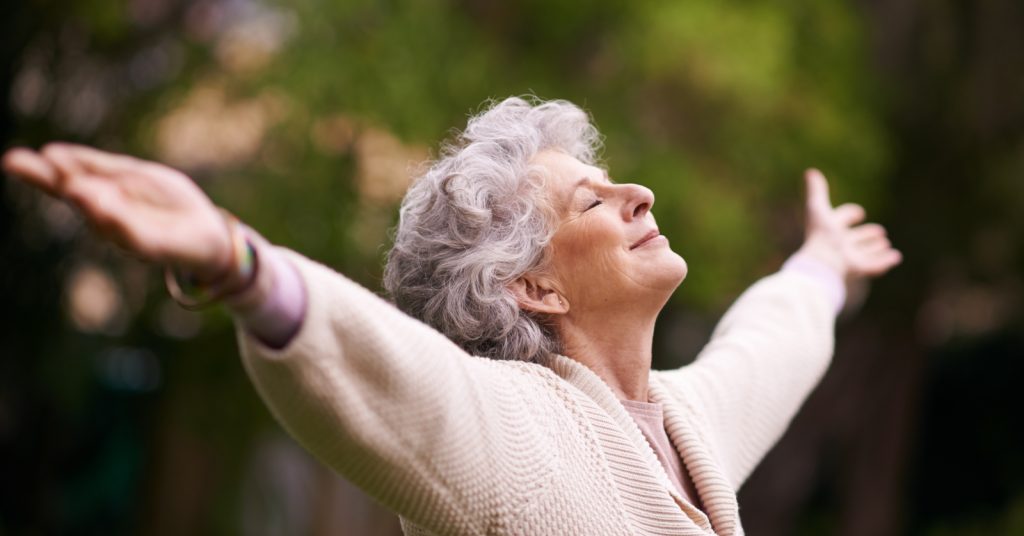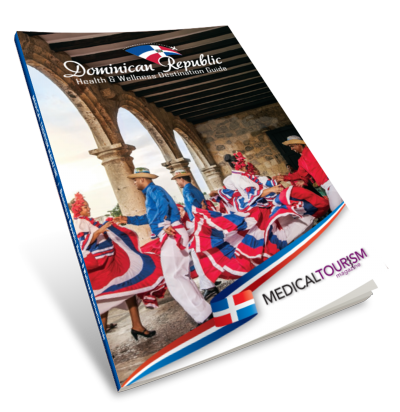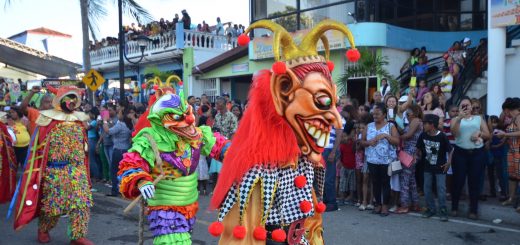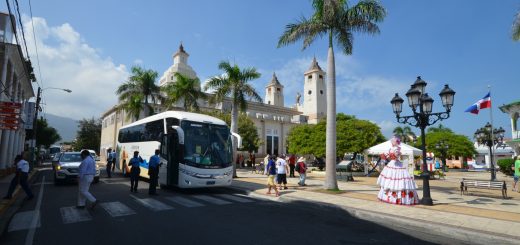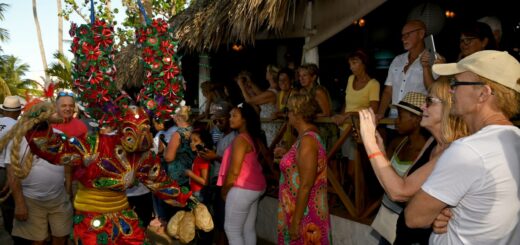The benefits of Caribbean Assisted Living in Dominican Republic
Caribbean Assisted Living: Its benefits
To most seniors from North America and Europe, assisted living was mainly available through their local home providers, in facilities that might include dozens or hundreds of residents; sometimes in conditions that might not be the most desirable ones due to underpaid staff, lack of proper supervision and locations. One reason most people did not have a chance to get Caribbean assisted living is the fact that a huge number of seniors rely on government help( medicare/medicaid in the States ) and these services do not cover the Caribbean island regions.
That limits the service to those who can afford private pay, until the island health providers get the certification that will allow foreigners to be able to live or temporarily stay in the Caribbean while also get the assisted living paid for by their government programs. In the Case of the Dominican Republic, efforts are under way to get USA accredited health centers to boost medical tourism, so the DR Medical Tourism Association was born.
Legal Framework
Although its initial purpose is to assist foreigners that visit the Dominican Republic in order to get medical treatment or specialized procedures ( such as plastic surgery or dental treatment ), it also opens the door to travelers in search of respite care, assisted living, and seniors vacations; thus a legal framework is under way to regulate services to those patients that visit the island in search of more affordable treatment.
On the other hand, assisted living in DR is more common for nursing homes where some locals ( very few Dominicans are sent to nursing homes, most stay with family ) get long term lodging and nursing, and the service available for foreigners is based more on what the USA calls Residential Assisted Living.
The Assisted Villas by Golden Treasures ensures that all medical centers available to its guests and residents are part of the certified network, and the villas are located no more than a 5 minute drive from the nearest medical facility. The agreement provides lodging, trained / certified staff, driver, chef, fitness instructor, nutritionist, and activity director in a more ideal Caribbean setting inside a beach community with security and top notch services. This is by far the first official and very complete Caribbean assisted living service in the region, backed by a provider with over a decade of hospitality services to seniors and non senior travelers visiting the Dominican Republic.
Medical Tourism Guide
The Dominican Republic already has the first health tourism guide to promote different medical services such as plastic and weight loss surgeries, evaluations, cardiological, ophthalmological and dental treatments, and fertility processes abroad. The publication source is the Medical Tourism Association, and endorses the country as certified to be a reliable international health destination. It will be distributed to patients and insurers, and at conferences. It will also be available on medicaltourism.com and eBook format through Amazon, Kindle and iTunes.
He emphasizes the savings in the procedures, and he gives as an example that a facelift surgery would cost in New York between US $15-20 thousand whereas if the patient travels from that city to the Dominican Republic, would spend about US $6,150, Which includes US $4,000 for the procedure, US $800.00 for airfare (patient and companion), US$700.00 for lodging for seven nights, US$350.00 for food, US$200.00 for city tours and US$100 for souvenirs.
The guide, written in English, describes facilities at the infrastructure level and the international preparation of human resources at different health centers. These are the Center for Diagnosis and Advanced Medicine and Medical Conferences and Telemedicine (Cedimat), the Center for Global Health and International Medicine (CGHIM), the General Hospital of the Plaza de la Salud, the Hospital Metropolitano de Santiago (HOMS) And the Rescue Group.
THE DR IS WELL VALUED IN HEALTH TOURISM
To explain the country’s preparedness in health matters, the guide informs that the Dominican Republic has more than 1,300 public facilities with various levels of care, with more than 12 thousand beds. Also, there is a long network of private sector providers, totaling more than 7 thousand, classified in more than 400 hospitals, 500 diagnostic centers and nearly 4 thousand medical offices. The rest are pharmacies, ophthalmic centers and smaller clinics.
The Dominican Republic was ranked 15th overall among 41 countries developing medical tourism and No. 5 among nations with a consolidated medical tourism industry with greater potential for development. The assessment is included in the 2016 Medical Tourism Index, prepared by the World Tourism Association (MTA). The results were presented at the Ninth Global Congress of Medical Tourism, which was held in the US capital, Washington. Below the Caribbean country are 35 countries of the world qualified in the activity of health tourism, a niche market that generates 70 billion dollars annually, globally.
The Medical Tourism Index of 2016 is a system of metrics and ranking that classifies 41 countries of the world in this activity. Dr. Alejandro Cambiaso, president of the Dominican Association of Tourism of Health, valued the positioning of the country in the niche of medical tourism. He said that it is a result of the joint efforts of the Dominican entities that support the development of the niche, as well as the efforts of the Dominican Health Tourism Association to promote it.
TOURISM INCREASES
Santo Domingo.- Tourist arrivals to the Dominican Republic climbed 4.3% from January to February, said the Central Bank on Friday and stresses a 13.5% jump in tourists from Europe . “1,083,746 passengers arrived In the first two months of the year, or 44,679 more than in the same period of 2016,” the Central Bank says on its website.
It said 538,119 non-resident passengers, including foreigners and Dominicans, arrived in the country by February, a year-on-year increase of 3.7%, which represented 19,029 visitors more than the same month last year. “Nearly all of the passengers, or 90.2%, are foreigners, a number that allowed compensating for the decrease in the influx of non-resident Dominicans.”
According to the Central Bank, the uncertainty generated by the change of administration in the US “is possibly impacting on the decrease in the arrival of non-resident Dominicans and on the slowing pace of growth of the influx of travelers from that nation.” – By Dominican Today.
Sources:
Diario Libre – Turismo Medico*
Dominican Health Tourism Association
- Some sources were translated from Spanish to English.

